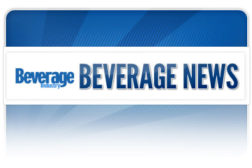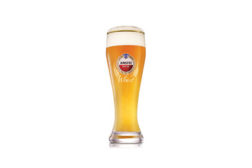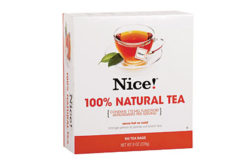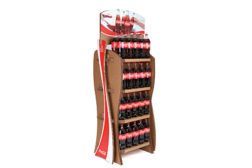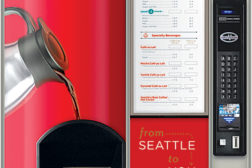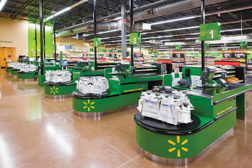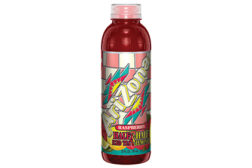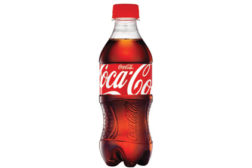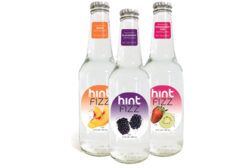Channel Strategies
High hopes for on-premise
Value offerings, creative drinks bring consumers out
October 30, 2012
Drug stores' prescription for success
Pricing, merchandising attract drug store shoppers
August 10, 2012
Category management leverages insights
Technology, research provide retail solutions
April 13, 2012
Interacting with technology to boost sales
Vending rolls out new payment options and interactive models
January 16, 2012
Competitive spirit spurs new formats
Larger retailers get creative to compete for market share
December 13, 2011
Trailblazing the path to success
Better-for-you trends help natural foods sector grow
October 12, 2011
Schools continue healthy focus
Beverages, packaging address school guidelines
September 12, 2011
Elevate your expertise in the beverage marketplace with unparalleled insights and connections.
Join thousands of beverage professionals today. Shouldn’t you know what they know?
JOIN NOW!Copyright ©2024. All Rights Reserved BNP Media.
Design, CMS, Hosting & Web Development :: ePublishing
